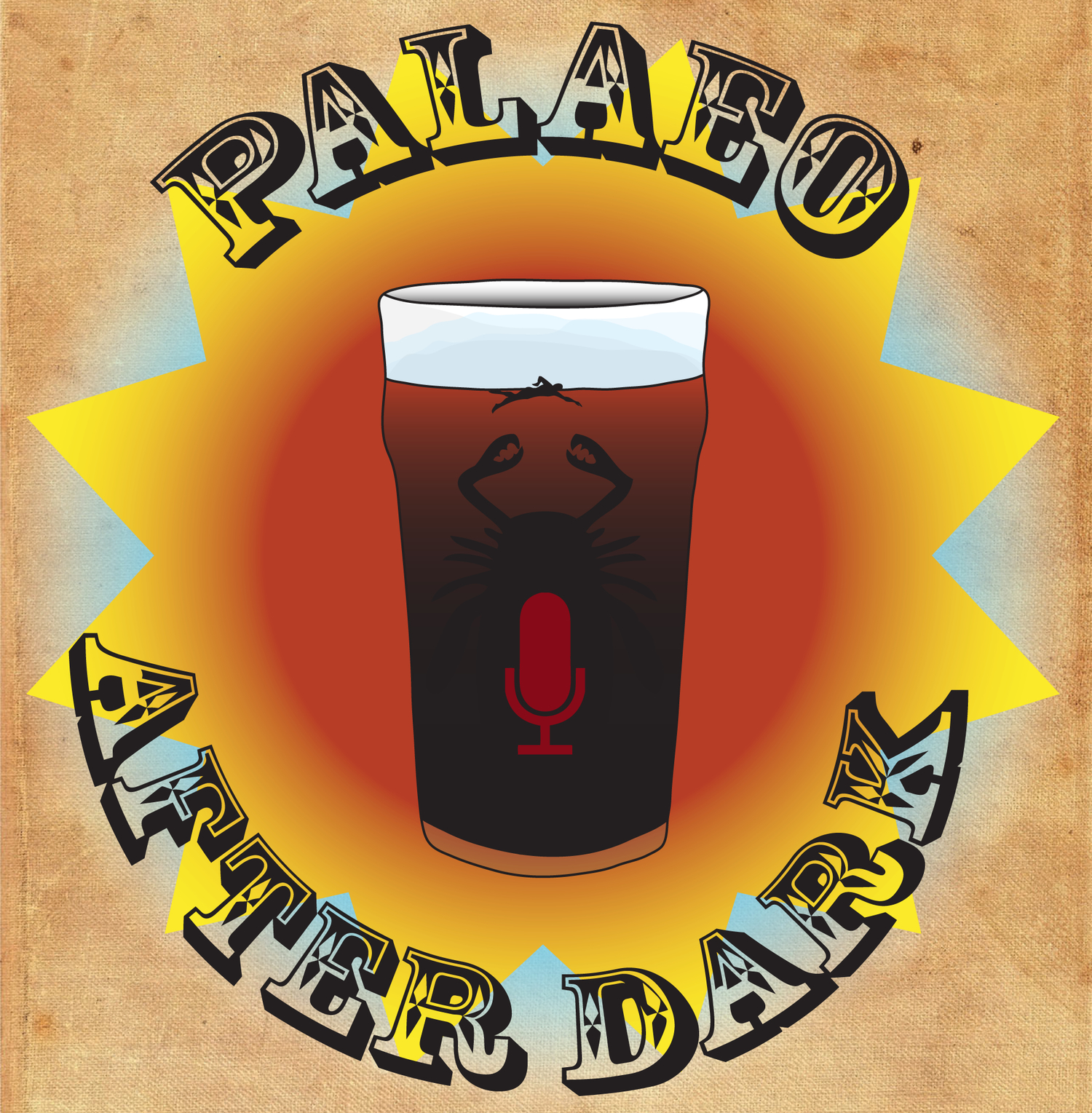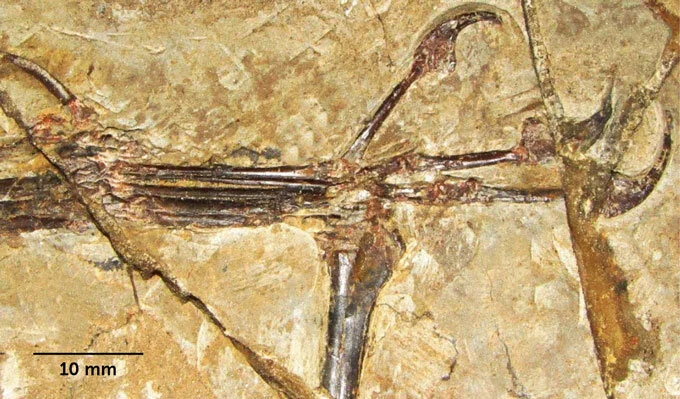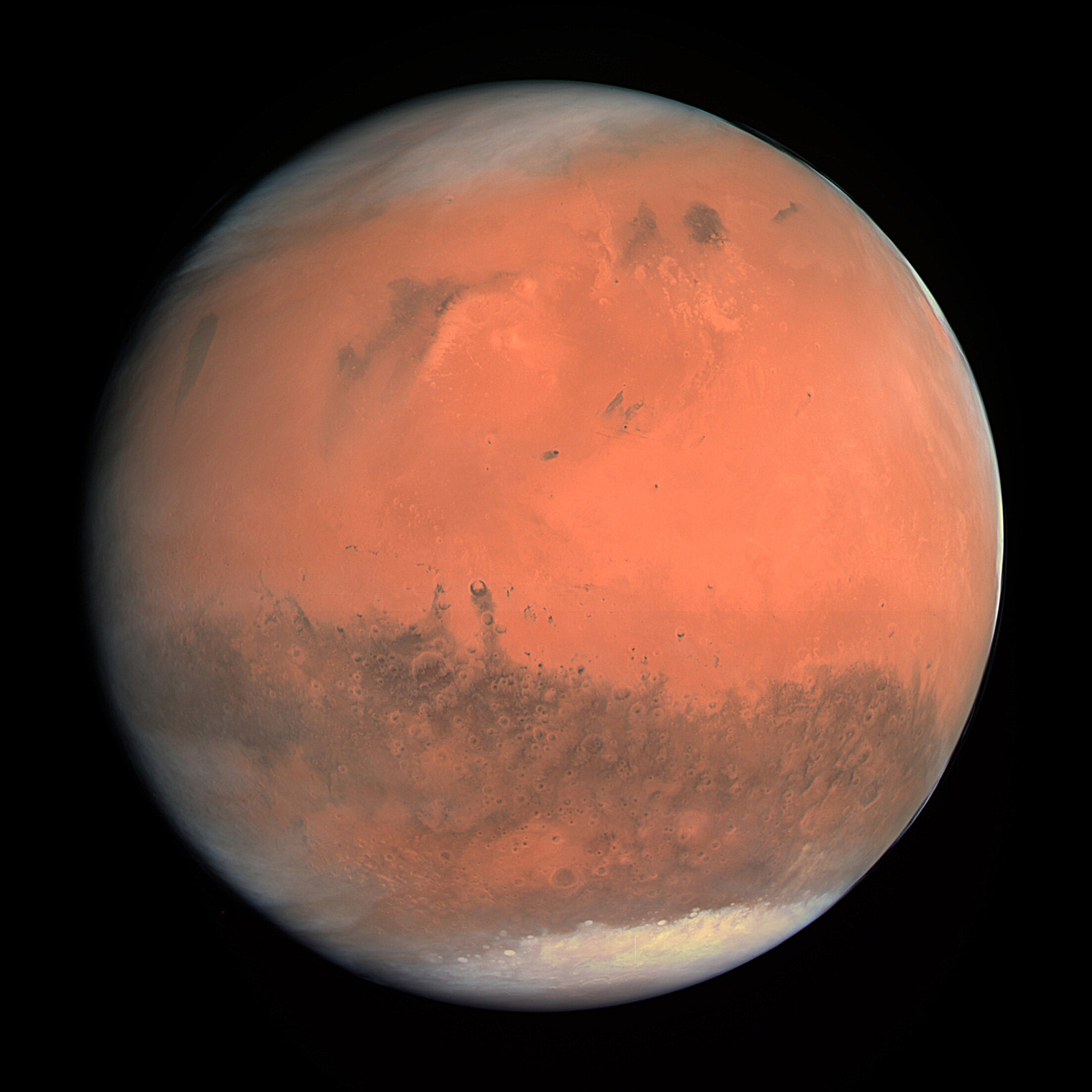Podcast 217 - In the Thick of It
/The gang discusses two papers with… honestly a pretty flimsy link connecting them together. The first paper looks at size shifts in the dinosaur group, Alvarezsauridae, and the other paper looks at beetle fossils preserved in a dinosauromorph coprolite deposit. Meanwhile, James finds that the third time is the charm, Curt struggles to segue, and Amanda has thoughts on ham.
Up-Goer Five (Curt Edition):
Our friends talk about two papers that are not as much the same as they had hoped. The first paper looks at a group of angry animals wear most of these animals got really big a long time ago. A few of these animals start getting small, and this paper looks at one of those groups of angry animals that gets small to try and see when and why they got small. This paper uses a study of how these different animals are sister and brother to each other and then looks at how the big these animals are and tries to see if there is a time when things start to get small. They find that these things start to get small at a time pretty late in the life of the group. This is also around the time that a lot of small animals who wear their hard parts on the outside and live in big groups first appeared. Since the angry animals have weird hands that look like they could move through the ground, it is possible that these animals got smaller and started eating these even small animals who live in big groups.
The second paper looks at a small animal that wears its hard parts on the outside that was found in shit. I have to use the word shit because it is the only word in the ten hundred most used words that can be used to tell you what this animal was found in. It was found in shit. The animal is broken up so it seems that the animal was eaten by a bigger animal who then pushed it out when that animal had a shit. This small animal is one of the best remains of one of these animals from so long ago, because the shit kept the animal parts from breaking down. Shit is a really great way to find parts of other animals because it keeps some of those parts from breaking down really well. Also, the small animals in this shit are found with other bits of green things that live in water and use sun to make food. This means that the animal which ate the small animals might have been trying to eat the green things and happened to grab a lot of those small animals who were also on the green things.
References:
Qvarnström, Martin, et al. "Exceptionally preserved beetles in a Triassic coprolite of putative dinosauriform origin." Current Biology (2021).
Qin, Zichuan, et al. "Growth and miniaturization among alvarezsauroid dinosaurs." Current Biology (2021).

















